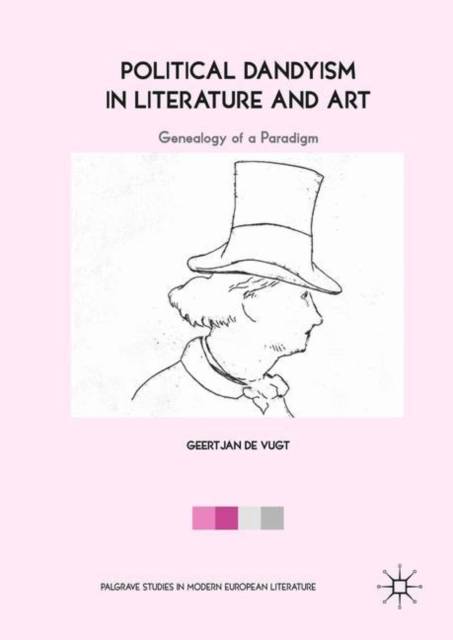
- Afhalen na 1 uur in een winkel met voorraad
- Gratis thuislevering in België vanaf € 30
- Ruim aanbod met 7 miljoen producten
- Afhalen na 1 uur in een winkel met voorraad
- Gratis thuislevering in België vanaf € 30
- Ruim aanbod met 7 miljoen producten
Zoeken
€ 79,45
+ 158 punten
Uitvoering
Omschrijving
This book traces a genealogy of political dandyism in literature. Dandies abstain from worldly affairs, and politics in particular. As an enigmatic figure, or a being of great eccentricity, it was the dandy that haunted the literary and cultural imagination of the nineteenth century. In fact, the dandy is often seen as a quintessential nineteenth-century figure. It was surprising, then, when at the beginning of the twenty-first century this figure returned from the past to an unexpected place: the very heart of European politics. Various so-called populist leaders were seen as political dandies. But how could that figure that was once known for its aversion towards politics all of a sudden become the protagonist of a new political paradigm? Or was the dandy perhaps always already part of a political imagination? This study charts the emergence of this political paradigm. From the dandy's first appearance to his latest resurrection, from Charles Baudelaire to Jean-François Lyotard, from dandy-insects to a dandy-Christ, this book follows his various guises and disguises.
Specificaties
Betrokkenen
- Auteur(s):
- Uitgeverij:
Inhoud
- Aantal bladzijden:
- 243
- Taal:
- Engels
- Reeks:
Eigenschappen
- Productcode (EAN):
- 9783319908953
- Verschijningsdatum:
- 22/06/2018
- Uitvoering:
- Hardcover
- Formaat:
- Genaaid
- Afmetingen:
- 148 mm x 210 mm
- Gewicht:
- 458 g

Alleen bij Standaard Boekhandel
+ 158 punten op je klantenkaart van Standaard Boekhandel
Beoordelingen
We publiceren alleen reviews die voldoen aan de voorwaarden voor reviews. Bekijk onze voorwaarden voor reviews.











